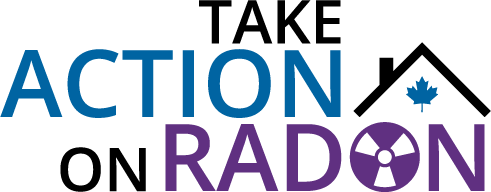
Contractors
It’s important to understand the radon testing process before deciding how to fit radon measurement services into your professional offerings. In Canada we recommend conducting a long-term test before making the decision to mitigate. The testing period should be at least 91 days; preferably between the months of October and March since our homes are more closed during the heating season. Find more information on testing for radon here.
Testing is typically done using a passive detector which is opened and sits in place during the testing period. Radon measurement devices can be purchased individually or in bulk from a manufacturer and then returned to that manufacturer for analysis at the end of the testing period. Professionals may also purchase radon measurement devices that can be analyzed in your office. This requires a more significant investment of money and time to set up, but provides you with the flexibility of doing the analysis in the office and reusing the device system.
The C-NRPP approved radon certification courses will provide you with important information on how to choose your devices and conduct testing. Find more information about radon mitigation courses here.
Once a homeowner tests their home and finds out that their radon levels are elevated they will be looking for help to reduce their radon levels. A C-NRPP Mitigation professional has been trained to properly design and install radon mitigation systems which are effective in reducing radon levels as low as possible and which operate efficiently and quietly using the smallest fan size required. Find more information about reducing radon here.
If you are currently working in a field such as the heating and cooling industry or home renovations, and you understand basic building envelope concepts, then adding radon mitigation services to your offerings may be a good fit for your business model. Find more mitigation information on courses here.
Radon control measures and a radon rough-in pipe have been included in the National Building Code that has been adopted by most provinces across Canada. The measures are detailed in the National Building Code documents, however an individuals working on constructing or designing homes may find it useful to have a basic background in radon to understand why and how the measures should be implemented on their particular housing design.
C-NRPP has developed a course specific for the Canadian residential construction industry. You can find information about the radon control measures on the C-NRPP website.

